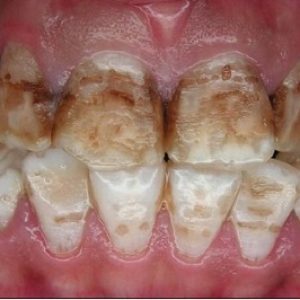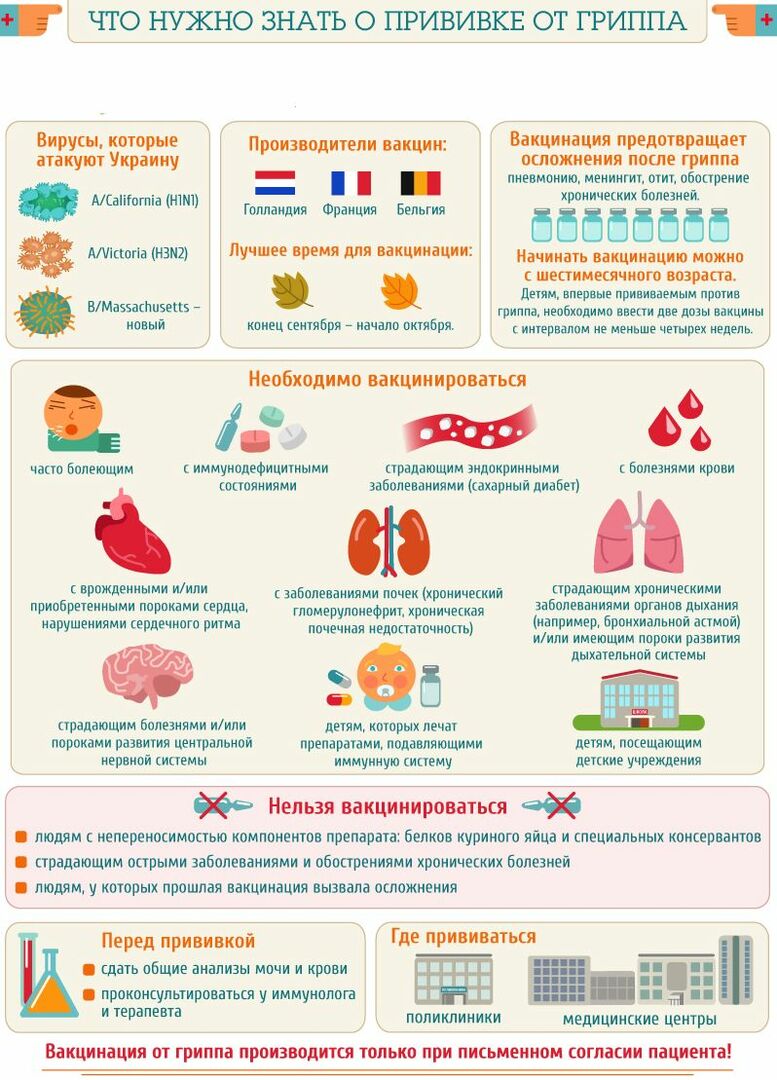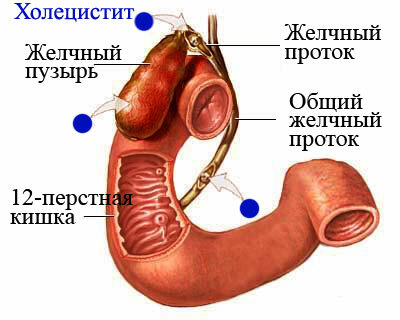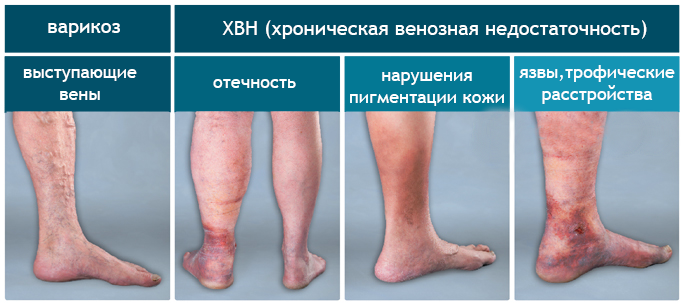Effect of fluoride on humans
 Mineral substances are organic compounds, essential for the healthy functioning of the human body.One of the most important minerals is fluorine.It is known that in the human body contains about three grams of this trace element.
Mineral substances are organic compounds, essential for the healthy functioning of the human body.One of the most important minerals is fluorine.It is known that in the human body contains about three grams of this trace element.
Biological value of fluorine
Fluoride provides complete formation and strengthening of bone tissue and tooth enamel .Indeed, in the body, fluoride mainly concentrates in the bones and teeth.In addition, fluoride is involved in a variety of biochemical reactions and even in the process of hematopoiesis.
The daily requirement for the mineral is about 3.0-4.2 mg. The main source of microelements, oddly enough, is drinking water.The microelement is also contained in food products, such as fish, liver, beef, lamb, rice, eggs, dairy products, apples.However, with food, a person gets only a small part of fluoride.

Approximately 70-85% of the daily rate of fluorine a person receives just with water .Therefore, it is difficult to overestimate the hygienic value of this trace element in water. The optimal concentration of fluorine is considered to be 1.0-1.5 mg / dm3. Prolonged use of water with insufficient or vice versa excessive fluoride content leads to certain disorders and diseases.
Fluorine reduction in water
Water in natural water sources contains fluorine in various amounts.In some regions, the microelement is contained in water in much larger quantities, in others - in less.Long-term use of water with high or low content of this trace element inevitably affects health.
Thus, the use of water with a fluorine content below 0.5 mg / dm3 leads to disruption of the hydroxyapatite formed, of which the tooth enamel is formed.Such metamorphosis leads to a decrease in the strength of enamel, which makes it unstable to the action of lactic acid formed in the mouth from carbohydrates.The destruction of enamel and dentin begins, which is manifested by caries.
In case of insufficient intake of fluoride, the bone system suffers.Gradually the density of bones decreases, their fragility increases, which is fraught with the appearance of fractures.Owing to disturbance of bone metabolism, osteoporosis develops.
Increase in fluoride in water
When fluoride concentration in drinking water is more than 1.5 mg / dm3, it is said about its increased content. Prolonged use of such water leads to damage to tooth enamel and the formation of fluorosis.The disease is manifested by the appearance of small streaks, spots, erosion on the enamel, destruction of the crown of the tooth.

Fluorosis is an endemic disease that occurs in certain geographic regions, which are characterized by high levels of fluoride in the water. There is an obvious link between the fluoride content in water and the degree of affection of people with fluoride-dependent diseases.Thus, at a concentration of fluorine in water at a level of 1.1-1.5 mg / dm3, fluoride symptoms are observed in about 20% of the population.At a fluoride content in water at the level of 1.5-2 mg / dm3, light forms of fluorosis are already registered in 40% of the population.High concentration of fluorine( 2-6 mg / dm3) causes the development of fluorosis in more than 40% of people, and the concentration of a microelement more than 6 mg / dm3 - in 80-100% of the population, with mostly severe forms of the disease.
With prolonged use of water with a high fluoride content, even bone tissue can be affected with the development of skeletal fluorosis. This disease is manifested by osteosclerosis( thickening of bone structures), ossification of ligaments and cartilage.In large quantities, fluoride affects the human nervous system, as well as the heart, kidneys, liver.
Fluorine level correction methods in water
 In areas with fluorine content in water below the permissible limit, fluoridation of tap water, that is, saturation with fluoride compounds, is made.The method does not affect the organoleptic properties of water, the taste and smell are not distorted. Special fluorination systems for centralized water supply are used for water fluoridation.
In areas with fluorine content in water below the permissible limit, fluoridation of tap water, that is, saturation with fluoride compounds, is made.The method does not affect the organoleptic properties of water, the taste and smell are not distorted. Special fluorination systems for centralized water supply are used for water fluoridation.
The purpose of such an event is to reduce the incidence of caries in the population by regulating the concentration of fluorides in tap water.To prevent the development of caries in communities with a low content of microelements, dentists also recommend using fluoride toothpastes to local residents.
What actions are taken in the situation of exceeding the permissible concentration of fluorine in water?Perhaps the most simple, but ineffective method is mixing drinking water from separate sources with different concentrations of microelements.
 For more effective reduction of fluorine content in water, deflowing methods are used. Utilities install deflator systems in a centralized water supply system.There are filtration and reagent methods of defluorination.Reagent methods are based on the binding and sorption of fluorine by hydroxides of aluminum, magnesium.As a result of the reaction, flocs of substances are formed and precipitated, which must then be removed by filtration.The filtering method consists in passing water through various filters( carbon, ion exchange).
For more effective reduction of fluorine content in water, deflowing methods are used. Utilities install deflator systems in a centralized water supply system.There are filtration and reagent methods of defluorination.Reagent methods are based on the binding and sorption of fluorine by hydroxides of aluminum, magnesium.As a result of the reaction, flocs of substances are formed and precipitated, which must then be removed by filtration.The filtering method consists in passing water through various filters( carbon, ion exchange).
There are also filtering aids for household use that can be installed in a particular apartment.The most effective are filters with osmotic membranes. These filters are installed under the sink and connected directly to the water pipe.Purified through filters water enters the tank under the sink, and already from there - into a separately installed water tap in the sink.Such water treatment systems significantly improve the quality of drinking water.
Grigorova Valeria, medical reviewer



